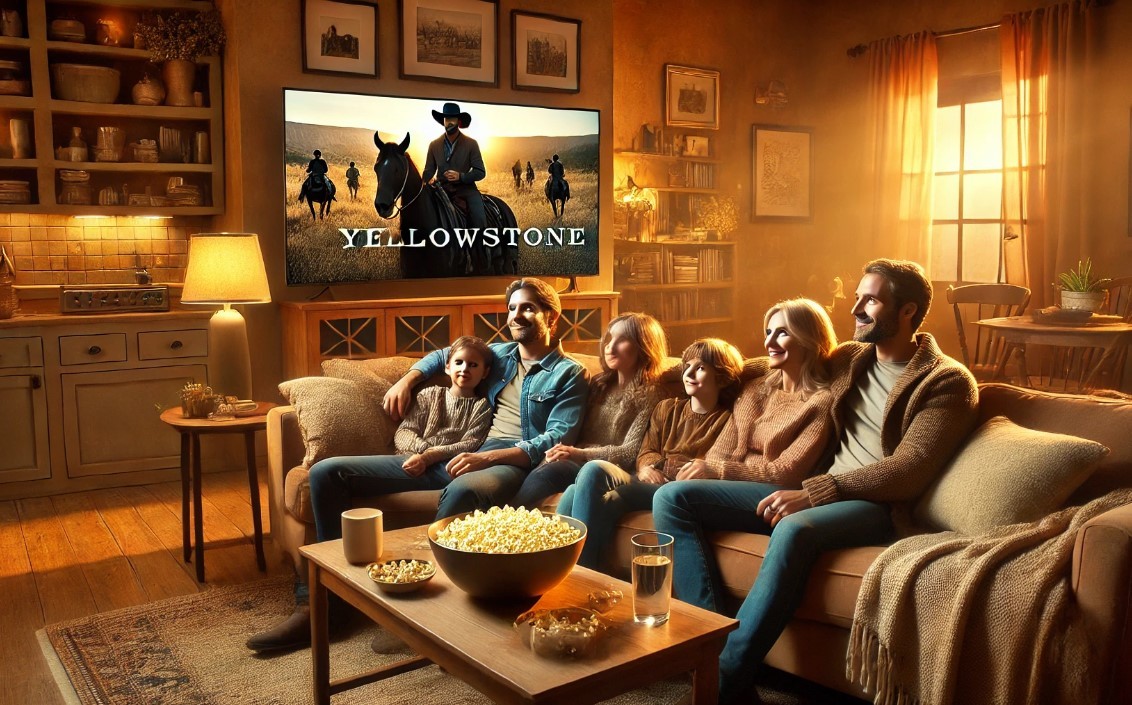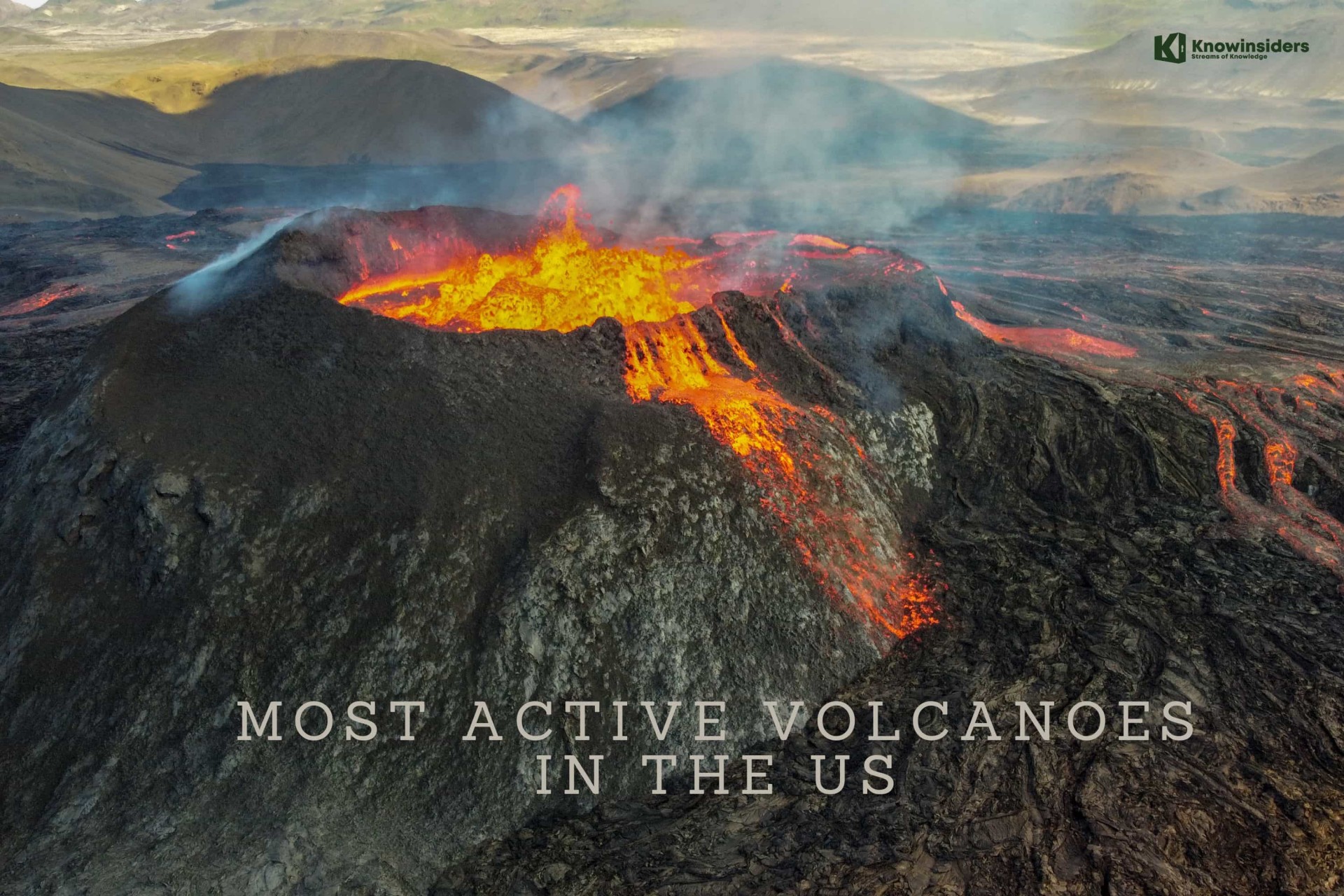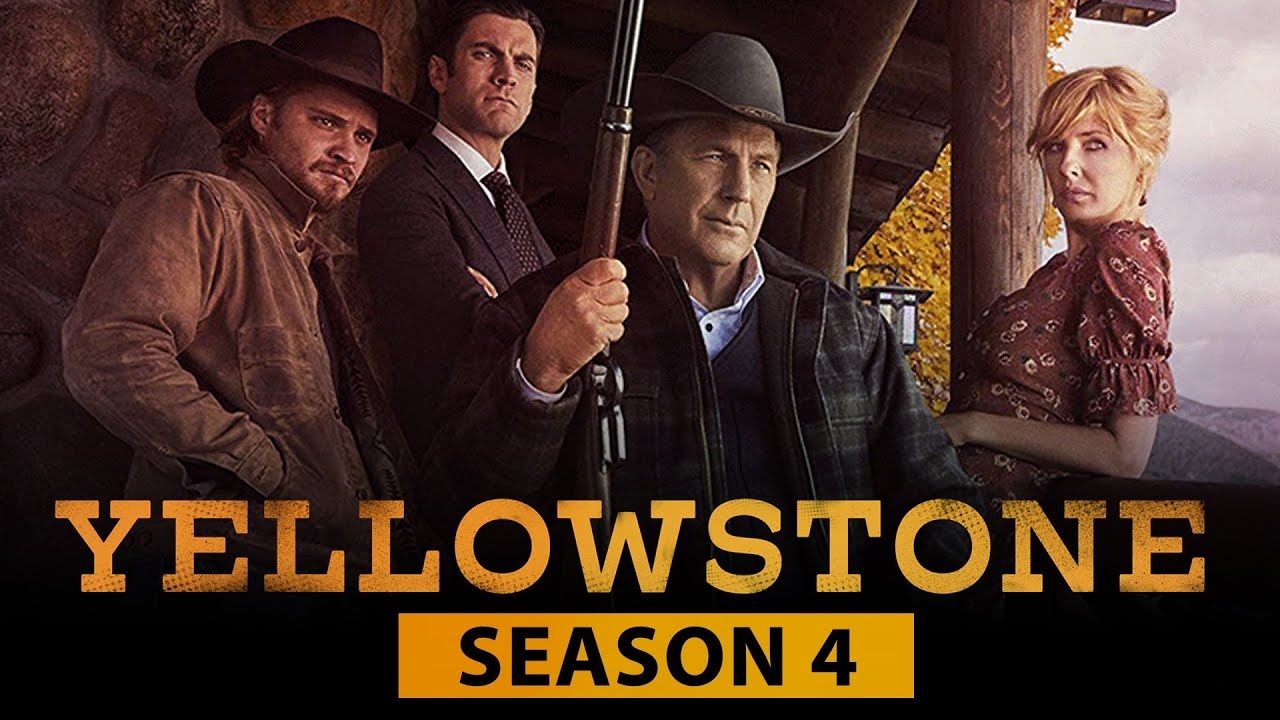Facts About Yellowstone Super Volcano
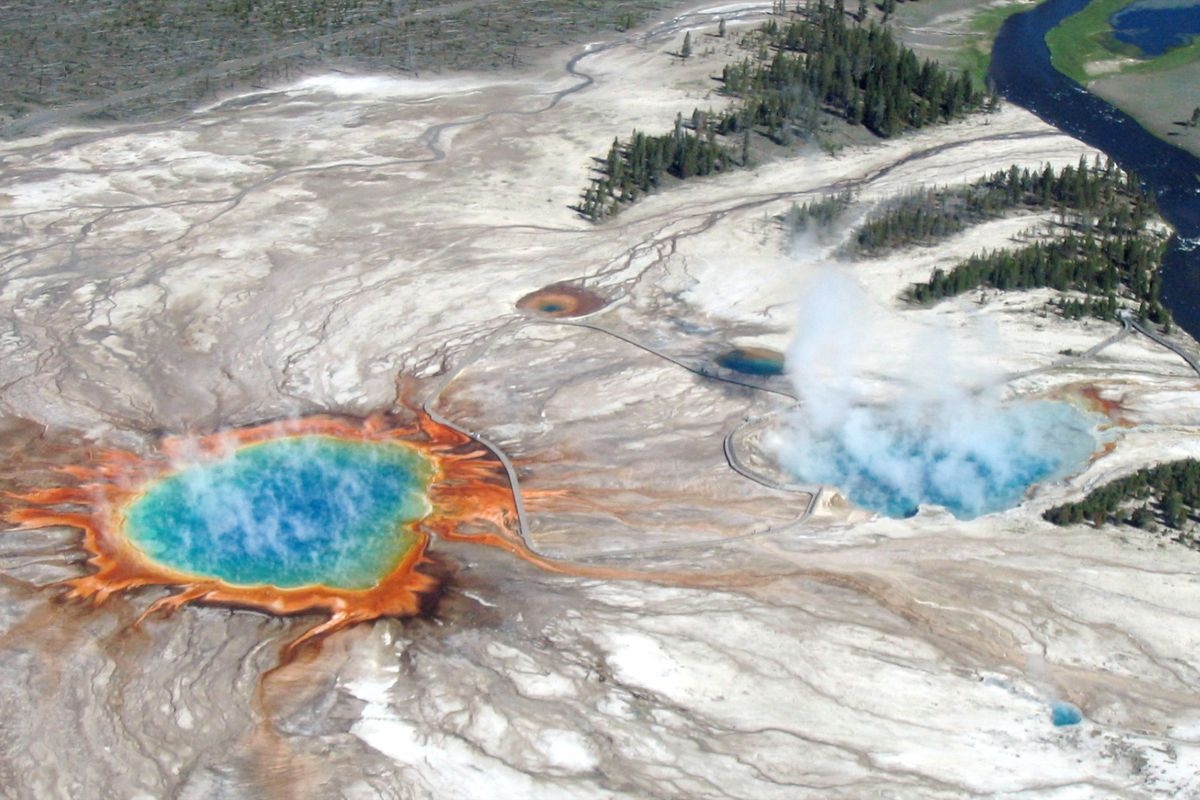 |
| Photo: Vox.com |
What is Yellowstone super volcano?
Yellowstone volcano is one of the most seismically active places on the planet, with up to 3,000 earthquakes striking the Yellowstone region each year. Yellowstone is also home to a volcanic hotspot that has produced three major eruptions in the last 2.3 million years, one of which was 2,500 times bigger than the 1980 eruption of Mt St Helens in Washington State. But the US national park also houses the world's highest concentration of active geysers with features such as the world-famous Steamboat Geyser and Old Faithful, Express.co.uk noted.
Where is it located?
The Yellowstone super volcano is located in Yellowstone National Park. Also known as a caldera, the super volcano is situated in the northwestern part of Wyoming. However, it also extends into the eastern part of Idaho. The Yellowstone caldera was discovered by Bob Christiansen from the US Geological Survey via geological field work in the 1960s and 1970s, Yellowstonebearworld warned.
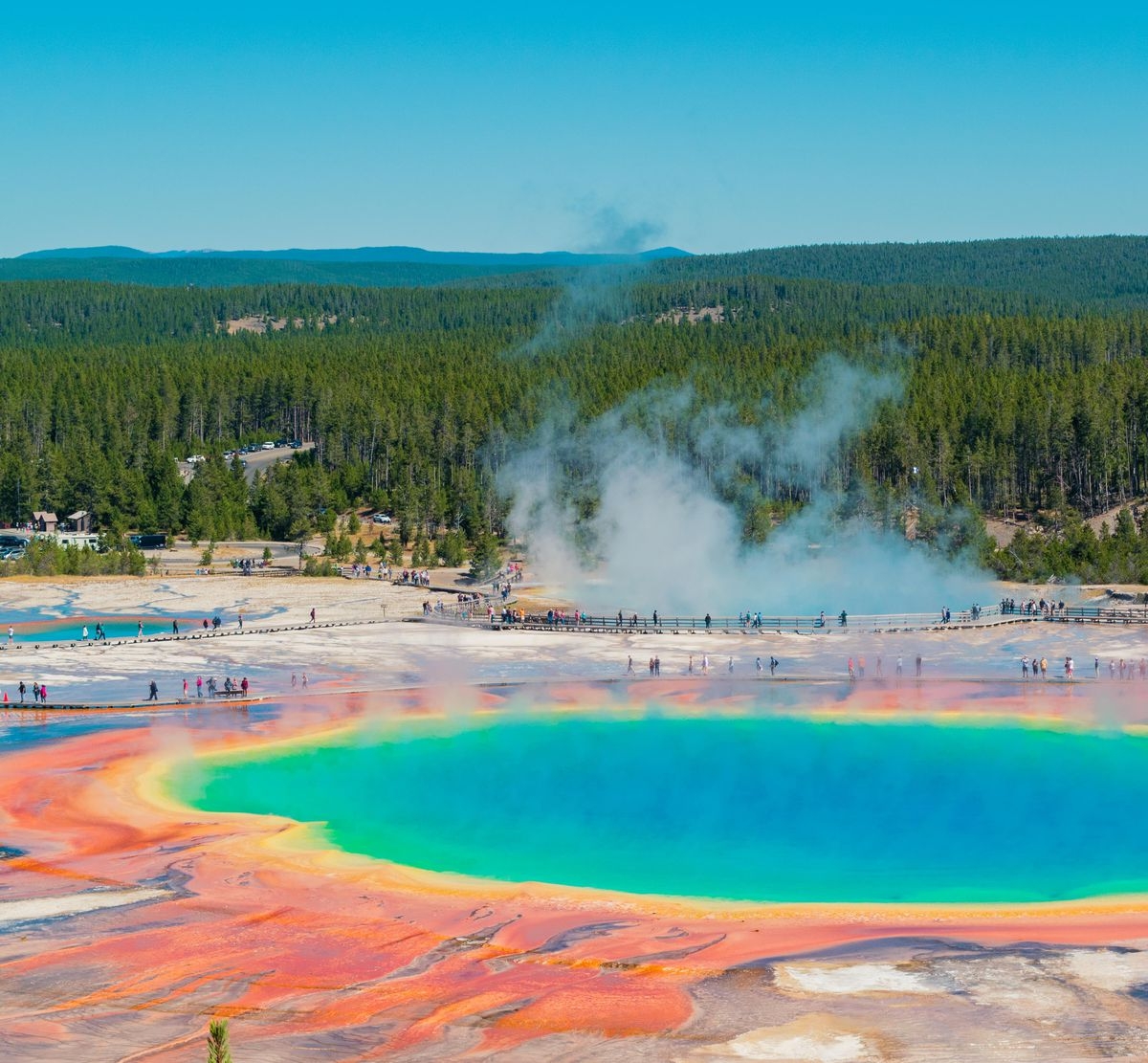 |
| Photo: Forbes.com |
Yellowstone Super Volcano's formation
Lurking beneath Yellowstone National Park is a reservoir of hot magma five miles deep, fed by a gigantic plume of molten rock welling up from hundreds of miles below. That heat is responsible for many of the park's famous geysers and hot springs. And as magma rises up into the chamber and cools, the ground above periodically rises and falls.
On rare occasions throughout history, that magma chamber has erupted. The vast, vast majority of those eruptions in Yellowstone have been smaller lava flows — with the last occurring at Pitchstone Plateau some 70,000 years ago.
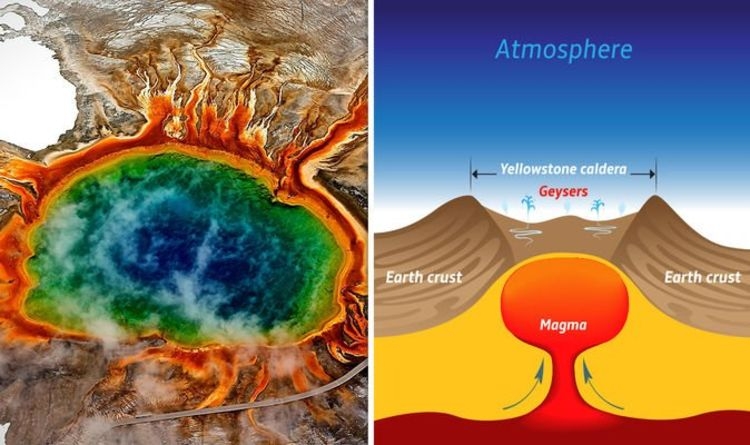 |
| Photo: Express.co.uk |
What is Yellowstone recently famous for?
But the reason why Yellowstone gets so much attention is the remote possibility of catastrophic "super-eruptions." A super-eruption is anything that measures magnitude 8 or more on the Volcano Explosivity Index, in which at least 1,000 cubic kilometers (or 240 cubic miles) of material gets ejected. That's enough to bury Texas five feet deep. These super-eruptions are thousands of times more powerful than even the biggest eruptions we're used to.
What if there is a suddenly erruption?
The most likely eruption scenario in Yellowstone is a smaller event that produced lava flows (similar to what's happening at Iceland's Bárðarbunga right now) and possible a typical volcanic explosion. This would likely be precipitated by a swarm of earthquakes in a specific region of the park as the magma made its way to the surface.
And what if we did get a super-eruption — an event that was 1,000 times more powerful than a regular volcanic eruption, ejected at least 240 cubic miles of material, and lasted weeks or months? The lava flows themselves would be contained within a relatively small radius within the park — say, 40 miles or so. In fact, only about one-third of the material would actually make it up into the atmosphere.
| The main damage would come from volcanic ash — a combination of splintered rock and glass — that was ejected miles into the air and scattered around the country. In their new paper, Lowenstern and his colleagues looked at both historical ash deposits and advanced modeling to conclude that an eruption would create an umbrella cloud, expanding even in all directions. (This was actually a surprising finding.) |
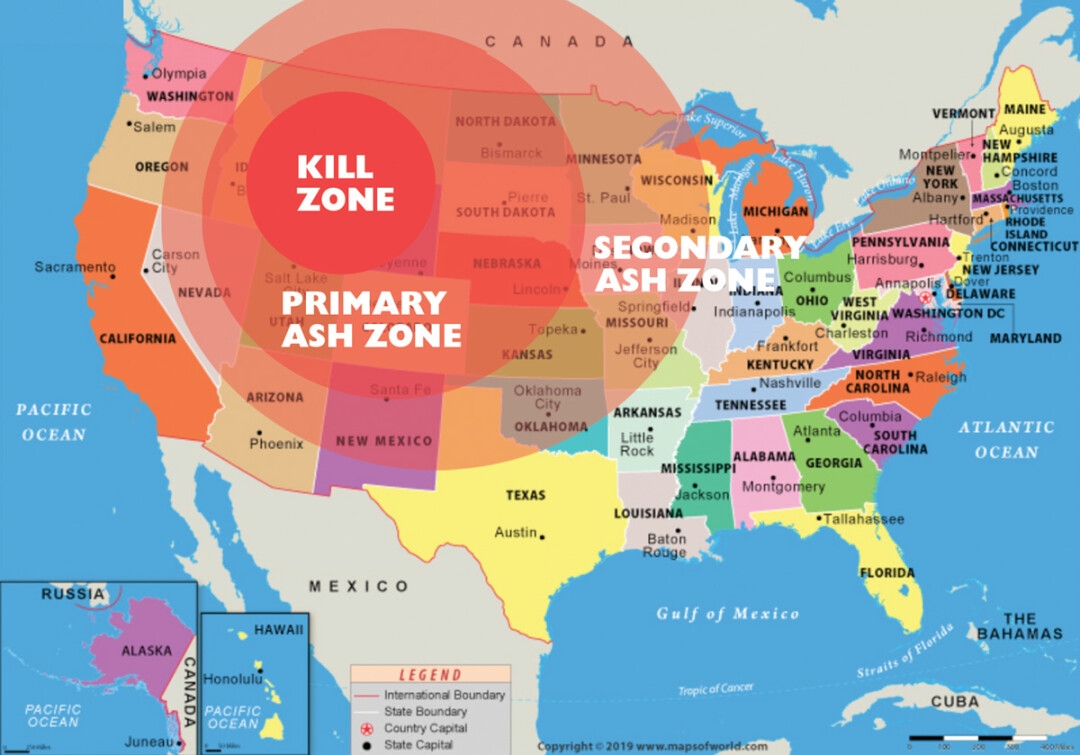 |
| Photo: Bozemanmagazine.com |
A super-eruption could conceivably bury the northern Rockies in three feet of ash — devastating large swaths of Wyoming, Idaho, Colorado, Montana, and Utah. Meanwhile, the Midwest would get a few inches of ash, while both coasts would see even smaller amounts. The exact distribution would depend on the time of year and weather patterns, Vox expressed.
Three super erruptions in the past
Over the past 2.1 million years, the Greater Yellowstone Ecosystem has experienced three super volcanoes, which are monstrous volcanic eruptions. The first, named the Huckleberry Ridge ejection, happened approximately 2.1 million years ago. It was focused on what is currently the western part of Yellowstone National Park and stretched out to the zone around Island Park, Idaho. The volume of volcanic stone created by this event was around 2,400 times more than what the 1980 Mt. St. Helen’s eruption delivered.
Roughly 1.3 million years back, another incredible eruption happened in the western part of the previous eruption, close to Island Park. It left behind a caldera known as the Island Park Caldera, which is the smallest of three massive super volcanoes.
The third and latest gigantic eruption happened around 640,000 years ago in generally the same region as the primary eruption. It was somewhat smaller compared to the first, yet bigger than the second volcanic eruption. The caldera made by the latest eruption is alluded to as the Lava Creek Caldera and to a great extent covers the Huckleberry Ridge Caldera.
If you find the aforementioned information effective and useful, don't wait any longer for sharing this article widely, thanks!
 7 weird period myths that people still believe and facts 7 weird period myths that people still believe and facts Social and cultural norms create some pretty bizarre trends. To a woman, being on period is such a normal thing that all of us must ... |
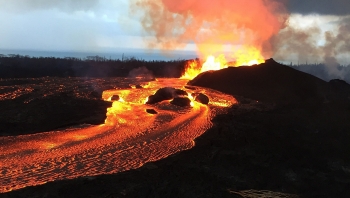 Kilauea Volcano: Facts, Historical Erupt and Current Situation Kilauea Volcano: Facts, Historical Erupt and Current Situation Kilauea – in Hawai’i Volcanoes National Park – is the most active of the five volcanoes that form the Hawaiian islands. Its most recent eruption ... |
 Facts about Apple Car and Its 'Breakthrough Battery Technology'? Facts about Apple Car and Its 'Breakthrough Battery Technology'? Facts about: The car project appears to be back on and Apple Car could begin production in 2024 with ‘breakthrough battery technology’. |

